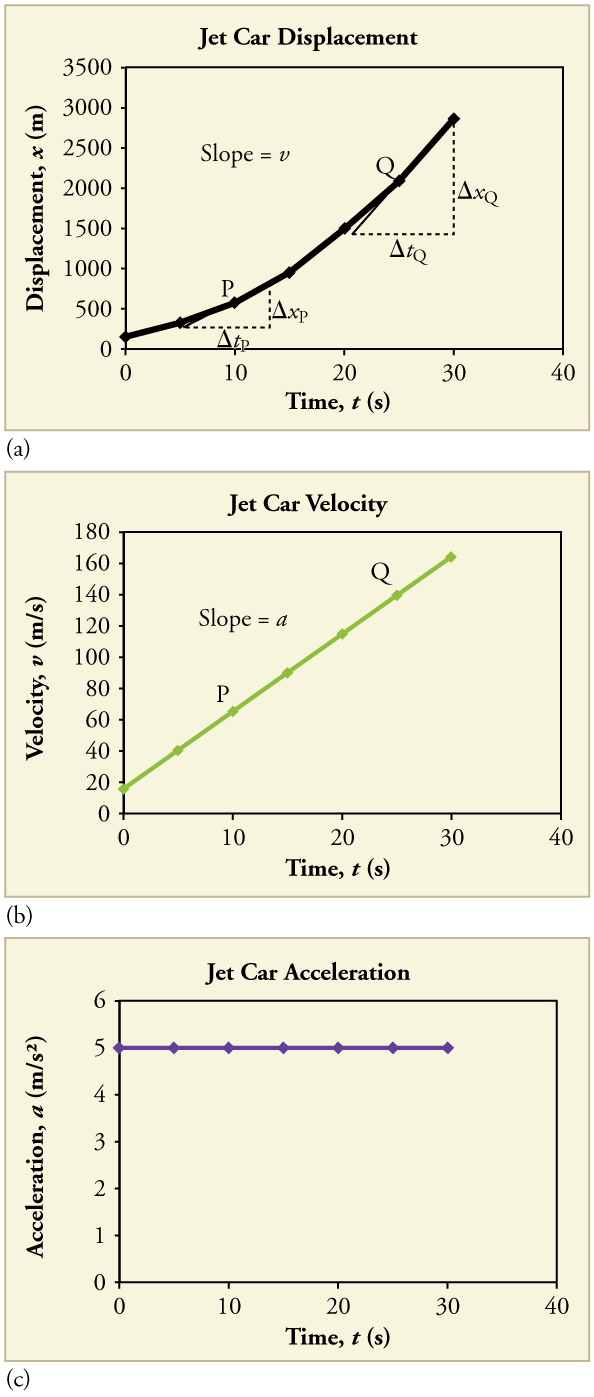
Distance travelled will be equal to the area of the triangle, Therefore, Here the acceleration will be equal to the slope of the velocity-time graph.

We can use this graph to calculate the acceleration of the object.įor calculating acceleration draw a perpendicular on the x-axis from the graph point as shown in the figure. The velocity of time and graph of a velocity that changes uniformly is a straight line. The product of time and velocity gives the displacement of an object moving at a uniform speed. Here the time is on the x-axis while the velocity is on the y-axis. Velocity and Time GraphĪ velocity-time graph is also a straight line. While the graph of a non-uniform motion is a curved graph. Why? Because as the definition goes, uniform motion is when an object covers the equal amount of distance at equal intervals of time. Hence the straight line. Remember, the line graph of uniform motion is always a straight line. Here the time lies on the x-axis while the distance on the y-axis. The speed of the object as well can be determined using the line graph. The distance-time graph determines the change in the position of the object. Introduction to Motion and its Parameters.This graph shows the dependency of a physical quantity speed or distance on another quantity, for example, time. We use line graphs to describe the motion of an object.

Out of the two entities, one is a dependent set of variables while the other is independent an independent set of variables. One entity is represented on the x-axis of the graph while the other is represented on the y-axis. Using a graph for a pictorial representation of two sets of data is called a graphical representation of data.


 0 kommentar(er)
0 kommentar(er)
